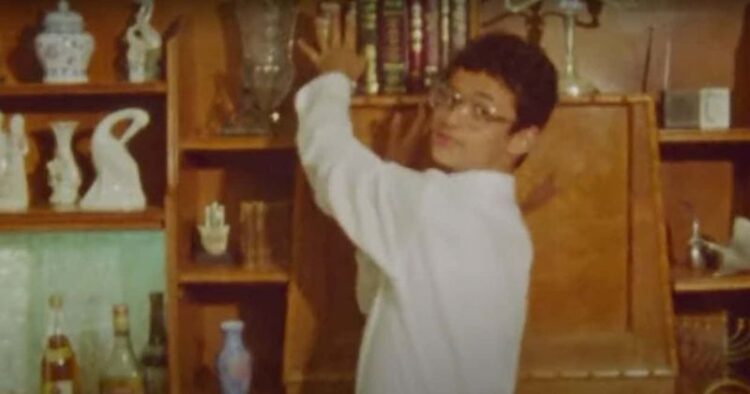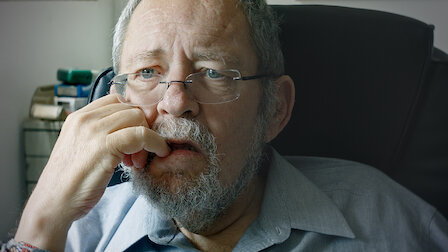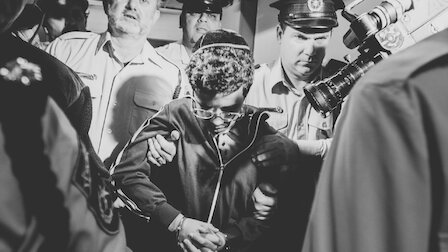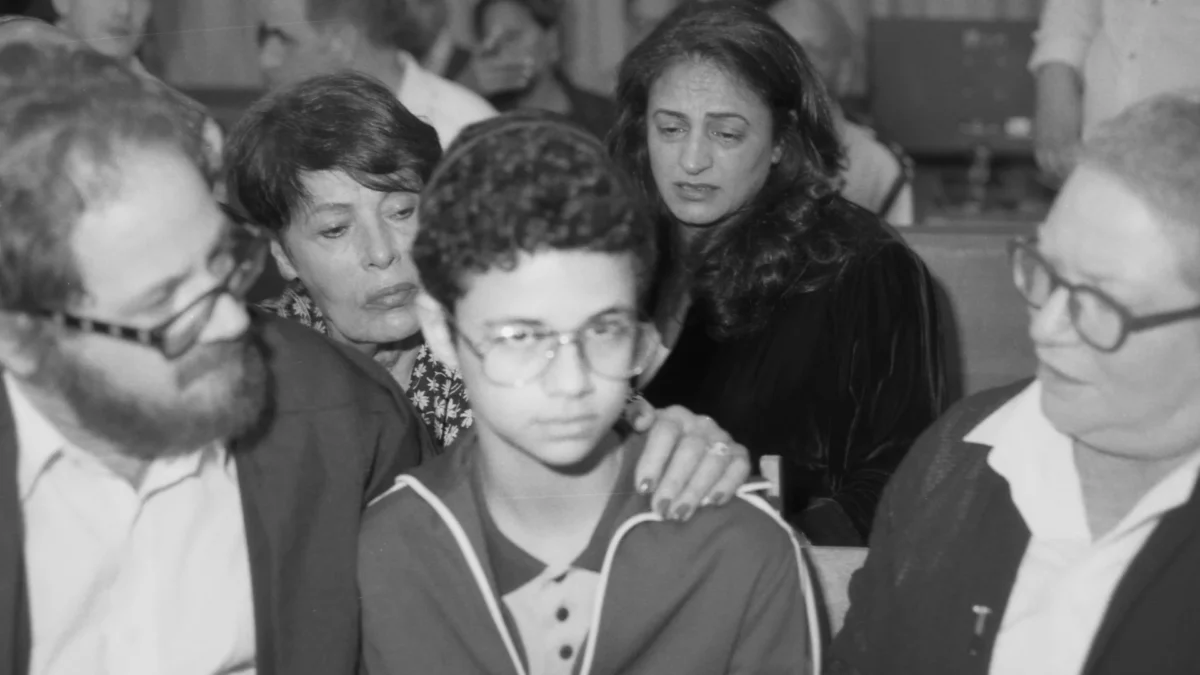Shots rang out in Jerusalem’s Ein Kerem neighborhood on a winter night in 1986, prompting a resident to call the police. Arriving to investigate, Avi Samuel entered a two-storey building and stumbled upon a nightmarish scene.
Nissim Cohen, 44, and his wife, Leah, 40, had been brutally murdered in their bed. Judging by their gruesome wounds, they had been shot a close range. Upstairs, Samuel found two deceased women. They were Cohen’s daughters — Anat, 19, and Shira, 18.
Samuel quickly learned that a family member, a 13-year-old boy who still has not been identified, had fled to a neighbor’s home. Casting a glance at the boy, Samuel was overcome by a spine-chilling feeling about him.
This was a murder case that riveted Israel. Why would a seemingly normal teenager from a conventional middle-class household murder his loved ones? How could such a boy turn into a monster?
The Motive, a gripping and suspenseful four-part Netflix documentary directed by Tal Shemish and Asaf Sudry, grapples with this perplexing question.
At first, Samuel wondered whether Palestinian terrorists might have committed this crime. His speculation was in vain. The boy readily admitted he had killed his parents and sisters with his father’s M-16 rifle.

Much to his frustration, Samuel could not detect a motive. His colleague, Yossi Cohen, was puzzled that he showed absolutely no emotion.
As the plot thickens, the boy’s school teacher offers a comment that adds another layer of complexity to the case. As well as being a very good student, the boy was polite, pleasant and funny. He did not resemble a demon in the least.

Yossi Arnon, his lawyer, describes his client as charming, very intelligent and interesting. In short, an “incredible young man.” The boy told Arnon that a “voice” had instructed him to commit this atrocity. Arnon admits he can’t understand why he went on a murderous rampage.

Shmuel Tiano, the psychiatrist who questioned the boy, was impressed by him. He had a very high IQ, impeccable manners and was not psychotic. Nor was he burdened by “social problems.” Yet he “remained silent while talking,” cleverly refusing to incriminate himself. Tiano has no idea what possessed the boy to kill.
Claiming the boy was “indifferent” to his crime, the chief prosecutor says he was unable to establish a motive.
Charged with four counts of murder, the boy was sentenced to a fairly lengthy prison term. Under a plea deal, the charge was amended to manslaughter.
Torn by curiosity, the filmmakers ask Arnon whether incest was an element in the boy’s descent into darkness. “No comment,” he says bluntly, raising suspicions about the boy’s possible motive.
A teacher in the juvenile facility where the boy was sent is amazed that he never expressed remorse.
Ruthie Yovel, a journalist who interviewed him after his release from an adult prison, thinks highly of him. He’s intelligent and well behaved in the company of others, she observes.
As the film winds down, a viewer learns that the boy’s father was a “Jekyl and Hyde” character who may have abused his son and daughters. Unfortunately, Shemish and Sudry do not pursue this lead.
According to Arnon, he’s “a completely normal” person today, having gotten married and found a responsible job.
Be that as it may, The Motive leaves a viewer somewhat adrift because major issues remain unaddressed. Why did the authorities fail to coax a clear and convincing motive from him? He obviously fooled them. Why did he receive such a relatively light sentence?
Plausible answers to these pressing questions may never see the light of day.
